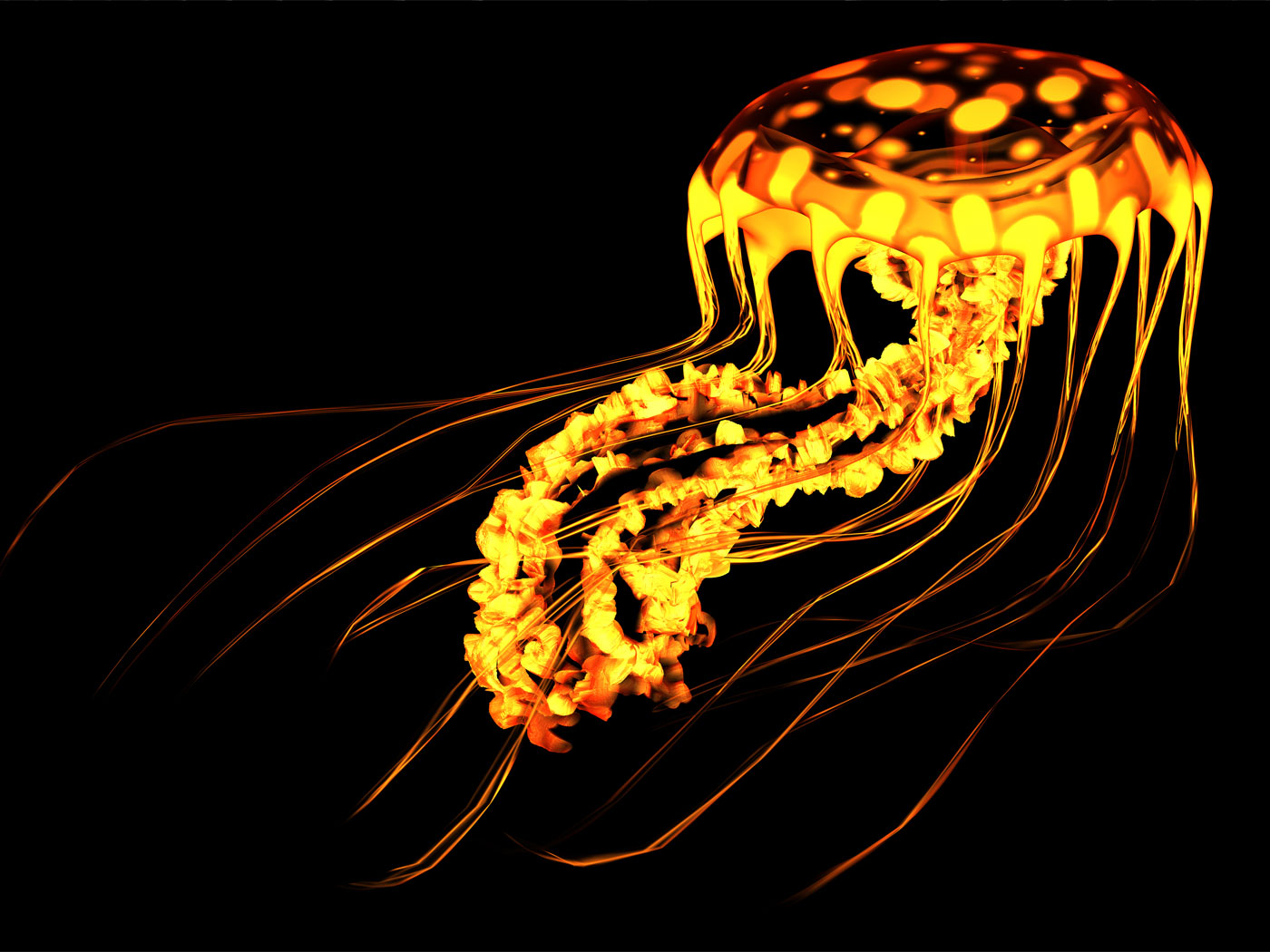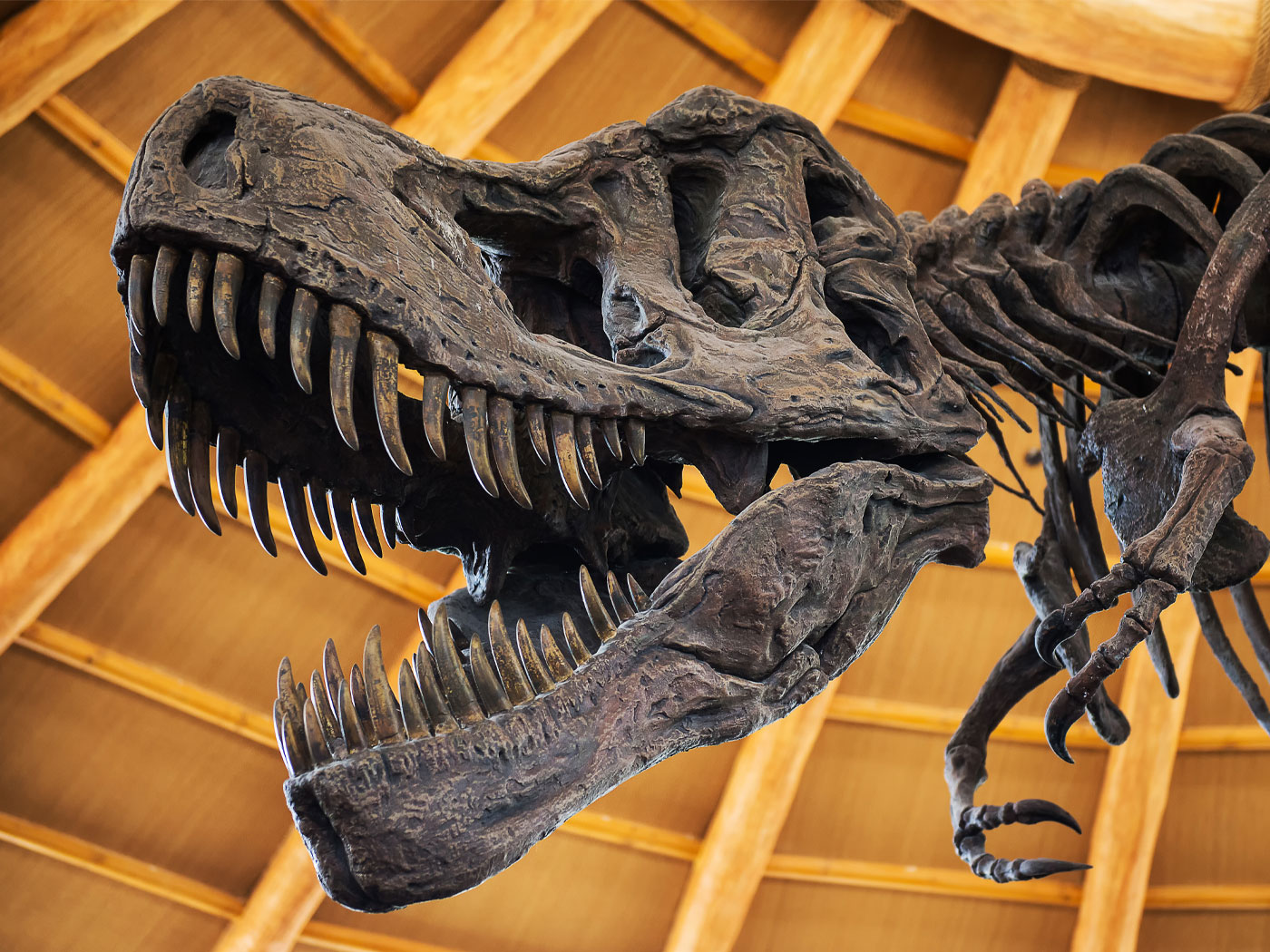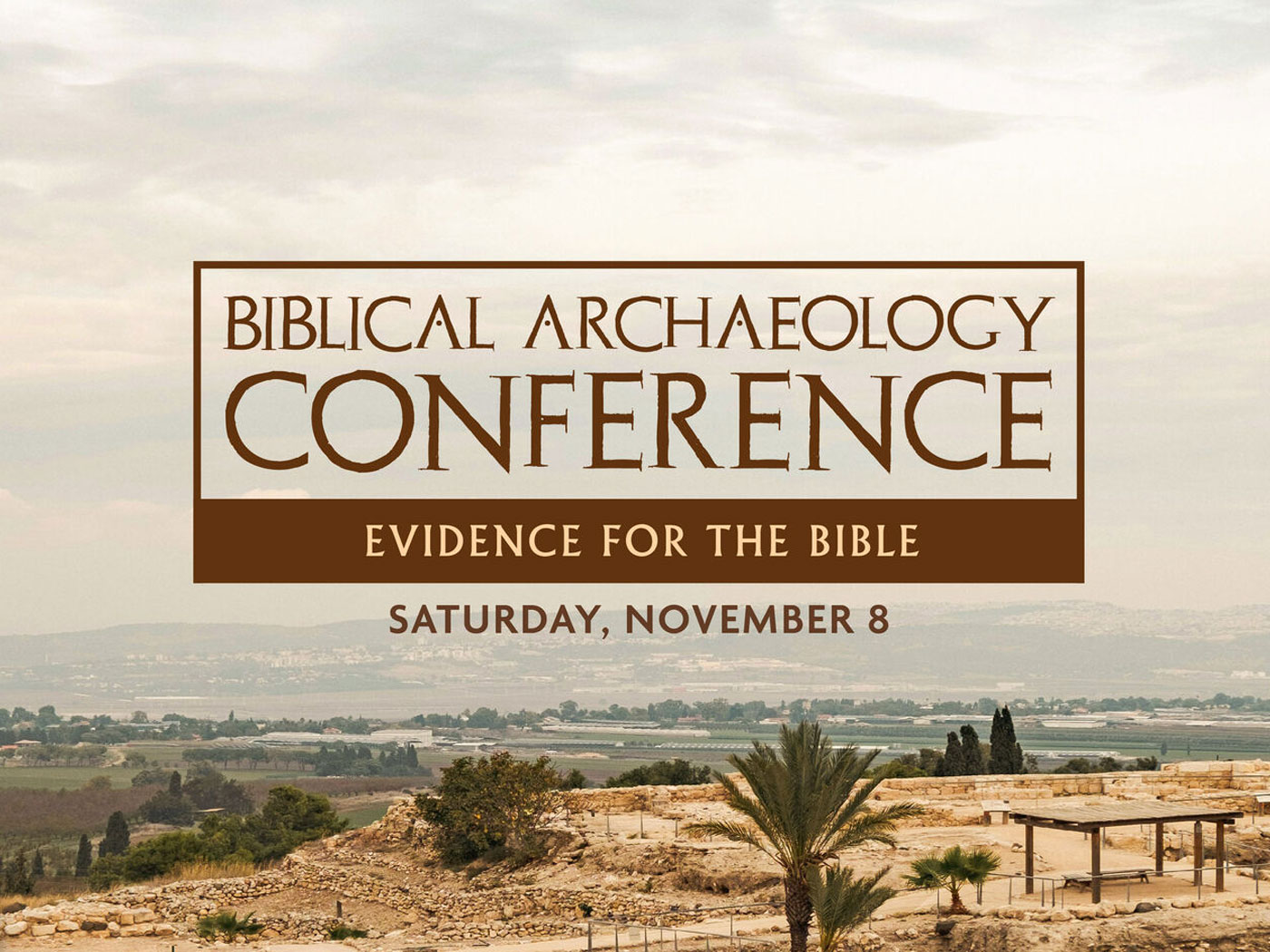Mark Carnall at the Oxford University Museum of Natural History recently wrote an article for the UK newspaper The Guardian. He argues that we should stop using the term "living fossil."1 What does his argument reveal about evolutionary thinking?
Charles Darwin first used the phrase in the Origin of Species to describe life forms that look essentially the same today as their fossil versions, even though their fossils are absent from intervening rock layers.
Carnall called the coelacanth fish the "living fossil poster child."1 When early evolutionists first saw its fossils in Devonian rocks, they thought the creature represented a long-extinct missing link—the fish that might have crawled onto land on its way to evolving into the first amphibian. That all changed when a researcher happened to discover a freshly caught coelacanth in a fish market in 1938. Marine biologists have since identified two populations of the deep-water dwelling fish. So what's the problem with the term "living fossil"?
Carnall suggested that the term living fossil "is sometimes used as shorthand to imply that there has been little evolutionary change."1 Well, if the shoe fits…?
He also wrote that "the meaning is more widely misunderstood than understood and that's probably because there isn't really one robust definition."1 However, he cited a 1984 technical report that studied the use of "living fossil" in technical literature. It found that researchers almost always used the phrase to describe a living form that:
- Persisted for millions of years
- Was discovered alive after thought to be extinct
- Looked basically the same as the fossil form
- Lived in a smaller range, or showed less diversity today, than its fossil ancestors
So which is it—poorly defined, or "invariably" defined by at least four characteristics?1 Nobody should be complaining about a poor definition.
Maybe there's another motive. Could the author simply not like what living fossils actually imply? After all, each living animal phylum—the broadest description of creatures that share basic-body plans—has a fossil counterpart in the lowermost animal fossil layers, called Cambrian. Thus, when considering general-body construction, all animals belong to living fossil phyla. And fossils replicate a great number of the same plant and animal families.
Therefore, if fossil layers represent millions of years of evolution, then they reveal a complete lack of fundamental innovation. But instead of addressing this, Carnall argues over minor "species" differences. Small-scale variations, like numbers of frills or body size, could sensibly reflect variation within a created kind.
Carnall noted, "It's unsurprising that creationists often use the example of living fossils in their arguments against evolution." As a dedicated evolutionist, no wonder he wants to drop the phrase altogether. It must annoy him that real fossils reflect biblical creation expectations: no new basic forms evolved, many variations have gone extinct, and some animals show extended fossil absences.
Living fossils challenge unscientific Darwinian concepts and confirm biblical creation. So let's ignore Carnall's admonition to censor living fossils. These fossils speak to us today, and we need to listen.
Reference
- Carnall, M. Let's make living fossils extinct. The Guardian. Posted on theguardian.com July 6, 2016, accessed July 11, 2016.
*Mr. Thomas is Science Writer at the Institute for Creation Research.
Article posted on July 18, 2016.













